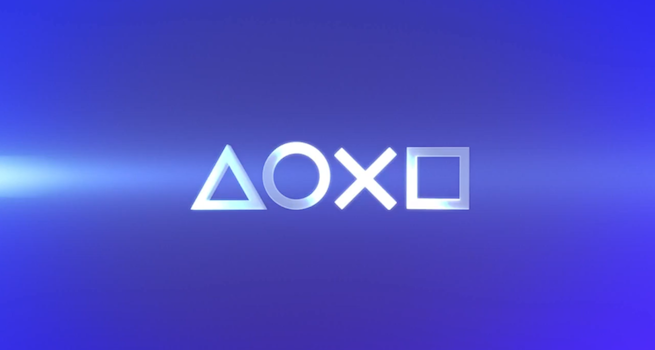Follow our PlayStation 4 coverage
Forums are igniting with discussions. Twitter is rife with speculation. And hardware rumors old and new are popping up across game blogs and news sites. This can only mean one thing.
Happy new console day, everybody!
At least, that’s what we think is going to happen. Sony Computer Entertainment is only a few hours away from its big announcement at 3 p.m. Pacific in New York City. Though it hasn’t said anything about it, the leaks and teasers of the last few weeks clearly point to the coming-out party of the PlayStation 4 (or whatever Sony is going to call it).
But console reveals are tricky. Lofty promises are often made and then broken by the time of the actual launch. Games depicted in promotional trailers may not represent the final product, and in some cases, may never see the light of day again. The company obviously wants to show its fancy new system in the best possible way, but if experience has taught us anything, it’s that we should view these momentous occasions with a healthy dose of skepticism.
That’s why we decided to dig through the past three PlayStation reveals — PlayStation, PlayStation 2, and PlayStation 3 — and remind you of Sony’s track record of preparing its new consoles for launch. Some things it did were funny, other decisions left us scratching our heads, and a few choices were just plain weird.
PlayStation
Announced: October 1993
Release date: 9/9/1995 (U.S.)
Launch price: $299
Number of launch games: Eight
A new challenger appears:
In the early ’90s, Nintendo joined forces with Sony to create the Play Station (with the space), a console that featured the cartridge-based Super Nintendo Entertainment System combined with a CD-ROM drive. But that didn’t work out.
In short, Nintendo wasn’t satisfied with the business terms of its partnership, so during the 1991 Consumer Electronics Show, it announced that Philips, a Sony rival, would be the one developing a CD-ROM expansion to the SNES. This came a day after Sony publicly revealed its Play Station plans.
Sony executives were understandably furious. But at least two of them, a former Sony engineer named Ken Kutaragi — often called the “father” of PlayStation — and president Norio Ohga, didn’t want to scrap the project. After facing some internal strife, Kutaragi spearheaded the creation of a standalone 32-bit system to compete against both Sega and Nintendo. It re-branded the project simply as “PlayStation,” which made a big splash at the first Electronic Entertainment Expo (E3) in 1995. At the time, the PlayStation was the scrappy underdog in a market dominated by giants.
Fun facts and broken promises:
- During the U.S. rollout at E3 ’95, Sony said “20-Plus” launch games would coincide with the console’s release (at the 4:50 mark in this clip). It delivered less than half that amount.
- Early marketing in the U.S. labeled the PlayStation brand as a lifestyle, not just a product or toy. Its TV ads featured such cryptic messages like “U R Not E” (You are not ready) and “ENOS Lives” (Ready Ninth of September). In the U.K., advertisements proclaimed the console was “more powerful than God.”
- The disembodied head known as Polygon Man was the first PlayStation mascot. But disagreements about marketing led to the poor guy’s quick demise prior to launch. About 17 years later, developer Superbot Entertainment brought him back as the final boss in PlayStation All-Stars Battle Royale.
- On 9/19/00, Sony released a new, petite PlayStation model called the PS One for $99. This set the precedent for a slimmer line of systems during the latter part of a console cycle, as we saw with the redesigned versions of the PlayStation 2 and PlayStation 3.

